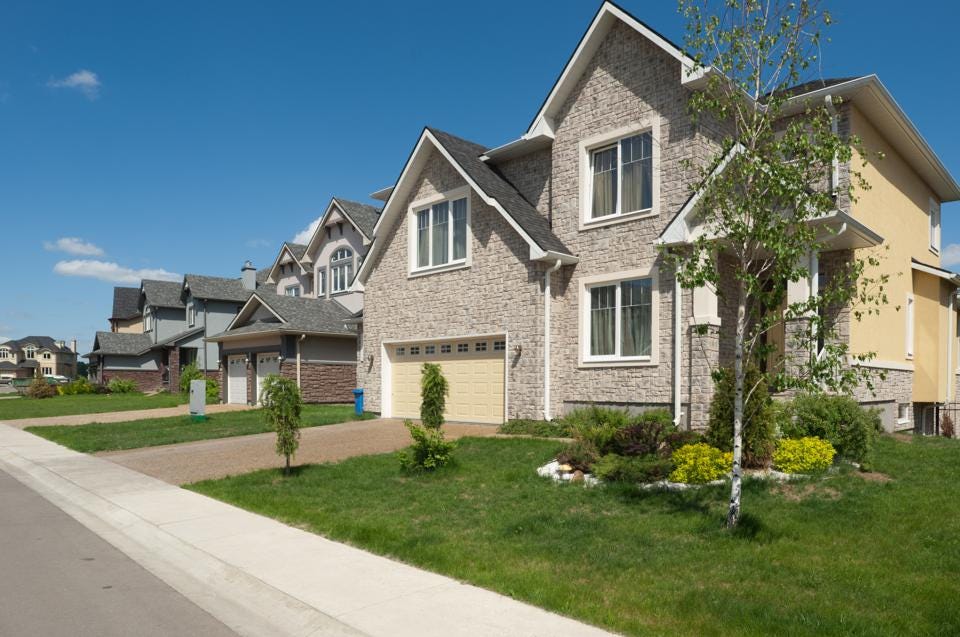Published by Forbes.com | March 7, 2022
Knowing an area’s vacancy rate can be an important part of understanding the overall health of its
Even in the face of rising mortgage rates and stagnating construction numbers, the housing market is still scorching hot. Because of this, it might be hard to believe that more than 16 million homes across the country are sitting vacant.
But this doesn’t mean millions of abandoned and dilapidated homes are withering away in the suburbs, according to Jacob Channel, the author of the report and LendingTree’s senior economic analyst. He said vacant homes can be unoccupied for many reasons beyond being uninhabitable. For example, a house can be vacant because it’s still on the market to be sold or rented or it’s a vacation home not currently in use.
Regardless of why homes are vacant, knowing an area’s vacancy rate can be an important part of understanding the overall health of its housing market.
To get a sense of vacancy rates, LendingTree analyzed the latest Census Bureau data to rank the nation’s 50 states by their shares of unoccupied homes.
The survey found that Vermont, Maine and Alaska are the states with the highest vacancy rates. Vacancy rates in these states are 22.86%, 22.68% and 20.51%, respectively. In total, that translates to more than 315,000 unoccupied houses across the three states.
Oregon has the lowest vacancy rate at 7.76%, followed by Washington at 7.87% and Connecticut at 8.09%. While these states have the lowest vacancy rates, that doesn’t mean they have the fewest vacant homes. With almost 521,000 unoccupied housing units across the three states, there are nearly 206,000 more vacant homes across Oregon, Washington and Connecticut than in Vermont, Maine and Alaska.
Home prices in states with higher vacancy rates are often — but not always — lower than in states with lower vacancy rates. Median home prices across the 10 states with the highest vacancy rates are an average of about $18,000 lower than in the 10 states with the lowest vacancy rates.
Though areas with higher vacancy rates are often less expensive, that isn’t always the case. Channel said that there are several notable instances where a state’s median home price and its vacancy rate can both be relatively steep.
“In theory, vacancy rates should have a strong inverse relationship to home prices,” said Channel. “In other words, a high vacancy rate would signify a lack of demand from buyers, which in turn would result in a larger supply of homes on the market and lower prices. The inverse would also be true where a low vacancy rate would signify a strong demand from buyers, less supply on the market and higher prices.”
“Because of this, it may be tempting to blame the current hot housing market solely on an overabundance of vacant homes on the market,” Channel said, adding: “As is often the case when economic theory unfolds in real life, this theoretical framework doesn’t always hold. For example, the median home price in Alaska — the state with the third-highest vacancy rate — is about $12,000 higher than the median home price in Oregon, where vacancy rates are the lowest in the nation.”
He said this means there are many other factors in play that help dictate home price, like location, the kind of rates being offered to borrowers, square footage and the reasons why homes are sitting unoccupied — to name a few.
With high prices, rates rising over the last few months and a limited number of homes available for sale, it can be tricky for buyers to navigate today’s housing market. But by keeping the following tips in mind, homebuyers might find dealing with the market less daunting than they initially expected.


